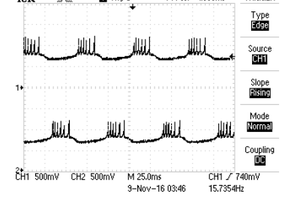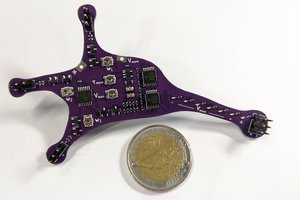Off the cuff and top of my head, the project will be based on the combination of the following network types: Multilayer Perceptrons Net, Hopfield Net, Associative Memory Net. Even though each one has its strengths and weaknesses, I hope that having them work together to the point that a stable network can be made.
Being that this network will be made to use the same neurons for all functions, there will have to be a way to select which function that a neuron will take. In comes neurotransmitters... or at least a abstract version of it. While most artificial neural nets use single weights for each connection, mine will use multiple weights for each connection.
The selection of which of the weights will define the function will not be a simple summation function of all weights. Rather, the selection will be done by the individual summation of a specific weight from all connected neurons, all other weights will be ignored. For example, if a set of neurons fire their neurotransmitters that are specific to memory, the receiving neuron will respond to weights of these neurotransmitters and will fire based on which interval the evaluation of the weights fall in, even if it means the the interval will result in the firing of a differing set of weights.. The values of the other weights are not passed.
Each weight will cause the neuron to react in a different way. One of them may help in learning by changing the weights specific to memory by allowing a neuron to increase/decrease one of weights of another neuron. Another weight may cause a neuron to change another neuron's threshold to a specific weight or even which interval that the weight falls in to fire the neuron (possibly changing its function).
By causing different weights to define different functions for each neuron, it would help more accurately represent how the neurons of the brain respond differently to the various neurotransmitters that are present (or in some case not present) in the brain. Once I put together an proper evaluation function, I'll post that up as it may help to better understand the process.
 Rollyn01
Rollyn01


 Gonçalo Nespral
Gonçalo Nespral

 Bruce Land
Bruce Land
I think that this type of neuron interaction is very likely to occur in real life. There are so-called 'neuromodulators' which overlap with transmitters and change cell function in very complex ways.